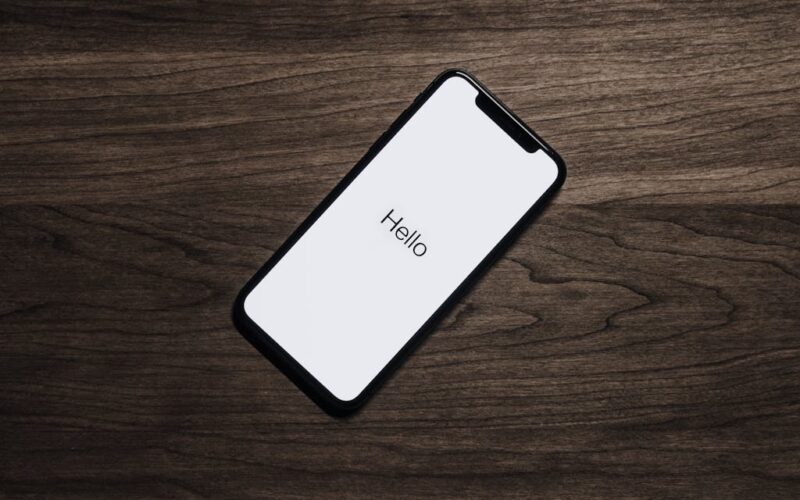When selecting a new phone, display quality is one of the most critical factors to consider, especially if you frequently use your device for media consumption, gaming, or working on the go. The display is the window through which you experience everything on your phone, so it’s essential to pick a phone with a screen that delivers sharp visuals, accurate colors, and responsive performance. Here’s how you can choose a phone with the best display quality.
Screen Resolution and Pixel Density
The resolution of a phone’s screen refers to the number of pixels that make up the display, and it plays a significant role in determining how sharp and detailed the images on your phone will appear. Higher resolution screens, such as Full HD (1920 x 1080 pixels) or Quad HD (2560 x 1440 pixels), offer more detail, particularly on larger displays. Pixel density, measured in pixels per inch (PPI), is also a key factor. Phones with higher PPI provide crisper and clearer visuals, which is particularly important if you frequently watch high-definition videos or play games on your phone.
OLED vs. LCD Displays
There are two primary types of displays you’ll encounter when choosing a smartphone: OLED (organic light-emitting diode) and LCD (liquid crystal display). OLED displays, often found in higher-end phones, offer superior contrast and color accuracy. This is because each pixel in an OLED display is self-illuminating, allowing for perfect blacks and vibrant colors. In contrast, LCD displays rely on a backlight, which can lead to less contrast and slightly washed-out colors. However, some high-quality LCD panels, such as IPS (in-plane switching) LCDs, still offer excellent color reproduction and wide viewing angles.
Refresh Rate for Smooth Performance
Another important factor to consider when evaluating display quality is the phone’s refresh rate, measured in hertz (Hz). The refresh rate indicates how many times per second the display refreshes the image. Higher refresh rates, such as 90Hz or 120Hz, provide smoother motion, which is particularly noticeable when scrolling through apps, playing games, or watching fast-paced videos. While standard phones typically feature a 60Hz refresh rate, opting for a higher refresh rate can significantly enhance the overall user experience.
Color Accuracy and HDR Support
Color accuracy is vital for those who enjoy editing photos or watching content in true-to-life colors. Some phones are equipped with advanced color calibration features that ensure colors appear as accurately as possible on the display. Additionally, High Dynamic Range (HDR) support is a feature to look for if you want a phone that can handle high-quality video content. HDR enhances the contrast between light and dark areas on the screen, providing richer colors and more dynamic visuals.
Screen Size and Aspect Ratio
The size of the display is another consideration when selecting a phone with great display quality. Larger screens provide more real estate for multitasking and watching videos, but they can also make the phone harder to handle. Most modern phones feature screen sizes between 5.5 inches and 6.7 inches, with the aspect ratio determining how wide or narrow the screen appears. A 19:9 or 20:9 aspect ratio provides an immersive viewing experience, ideal for media and gaming, while a 16:9 aspect ratio is more traditional and better suited for tasks like web browsing or reading.









